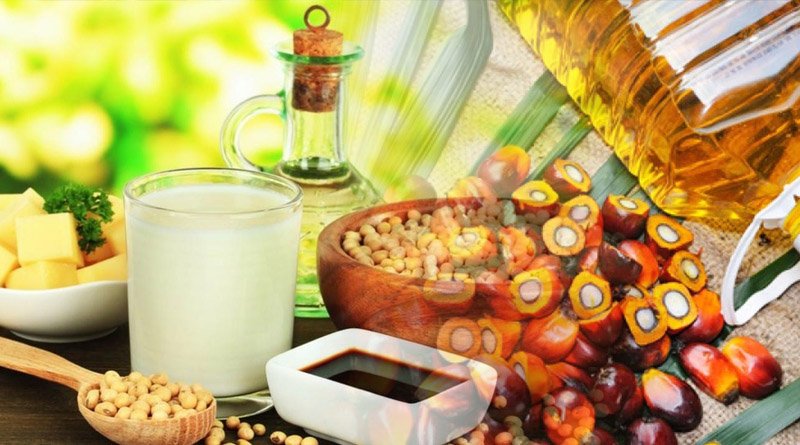Combined imports of palm and soybean products have more than doubled over the last twenty years, rising to 7.1 percent of total imports in FY21

Pakistan’s imports of palm and soybean products have risen 55 percent in 1HFY22, following a 47 percent increase in FY21. While this recent growth stems from soaring international commodity prices, the overall trend is not a new phenomenon.
Combined imports of palm and soybean products have more than doubled over the last twenty years, rising to 7.1 percent of total imports in FY21, amid waning reliance on domestic sources (sunflower, canola, & cottonseed) for edible oil and meals for animal feed.
palm and soybean products are the world’s most used crops for edible oil and oilseed meals because of their high resource-use-efficiency, measured in terms of oil yield per hectare for oil, and protein yield in the case of meals. The former is important to meet the requirements of a growing human population and rising per capita consumption. The latter is important to feed ruminants, poultry, and aquatic foods, since protein-based meals enable faster and healthy growth of these animals.
Demand Side Drives, In Pakistan’s case, the demand for edible oil is being driven both by growing population and rising per capita consumption. Contributing to the latter is a dietary preference for higher oil use, as suggested by cross-country comparison of per capita edible oil consumption. And because palm oil is generally cheaper than other types of edible oils, Pakistan imports palm oil the most compared to other oils.
Similar demand drivers are at play in the case of oilseed meals. Growing population and rising per capita income are stoking the demand for poultry, livestock and farmed aquatic foods, which in turn creates a demand for oilseed meals as key components of animal feed.
Following the fast-paced modernization of the domestic poultry industry, the demand for soybean meals has increased manifold. The growing modernization of the dairy and meat industry, as evidenced by an increasing number of corporate meat and dairy brands, is also creating a demand for soybean-based meals.
Supply Side Drivers, Pakistan’s government has planned, and rolled out, the various programs and initiatives to increase oilseed production over the last six decades. Starting from the first 5-year Plan to the most recent one, the importance of increasing oilseed output has been recognized both to reduce the import bill, and to improve human and animal nutrition.
Whilst most proposed measures have revolved around sunflower and rapeseed/canola, soybean has also featured in the Plans since the 1960s, whereas oil palm plantations have only recently garnered attention.
Despite support measures recommended in various plans, the cultivation of oilseed crops stagnated in the first four decades after 1947, in sharp contrast to the rest of the agriculture sector. In recent years as well, the production of oilseeds crops did not increase as targeted, while yields remained weak in comparison to other countries. During the last 15 years, the local production of edible oil has declined by 1.2 percent per annum, while demand per capita has increased by 2.3 percent, leading to increasing reliance on imports.
Given current trends in population, and necessary modernization of poultry, livestock, and aquatic foods’ industry to meet rising domestic meat consumption and export potential, Pakistan’s demand for edible oil and meals is likely to continue growing over the next few decades.
In the short to medium term, a policy focus on increasing the production of canola and sunflower is necessary, and currently in the process of being rolled out. Sunflower and rapeseed/canola already have roots in the country. Meanwhile, palm offers no potential in the short to medium term and soybean’s potential hinges on a variety of policy reforms
